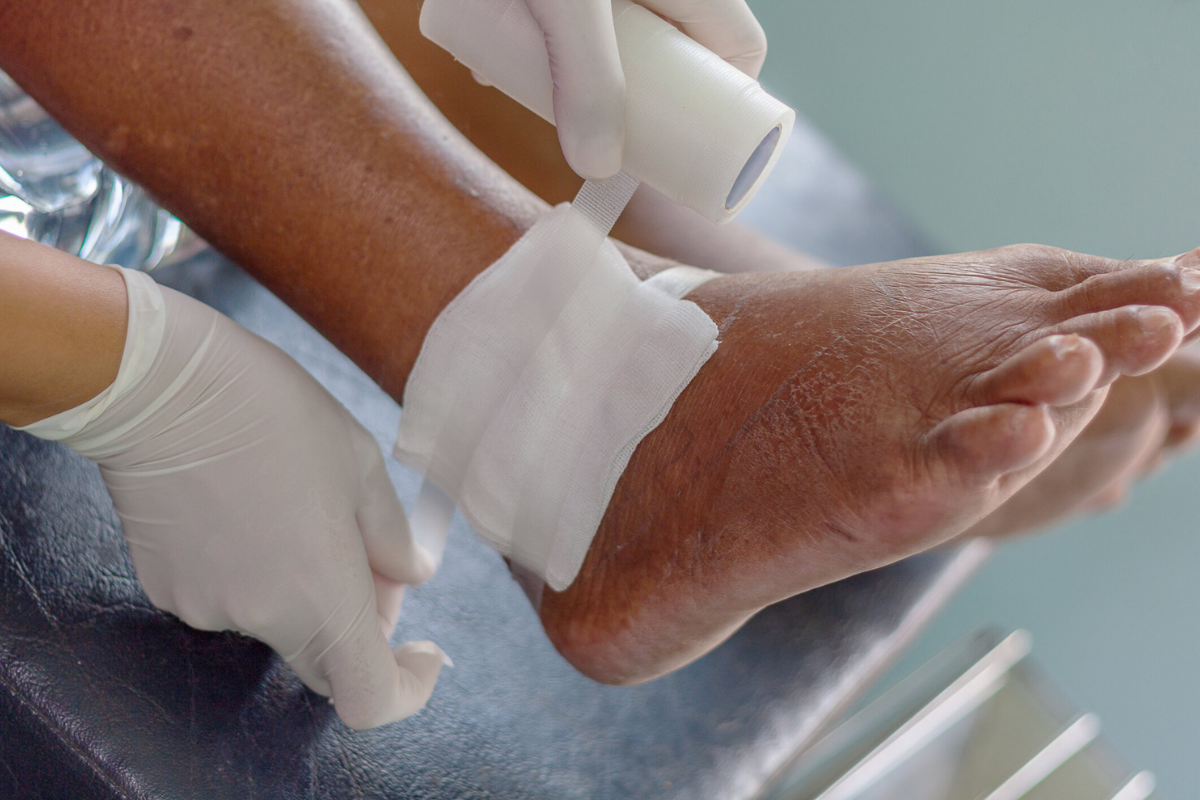Photodynamic Therapy (PDT) is a cutting-edge medical treatment that harnesses the power of light and photosensitizers to target and destroy abnormal cells. The science behind PDT is fascinating, and it has shown immense promise in treating various medical conditions. In this blog, we will delve into the science of PDT, specifically focusing on the roles of red and blue light in this innovative therapy.
What is Photodynamic Therapy (PDT)?
PDT is a non-invasive and precise medical procedure that uses a combination of light and photosensitizing agents to treat a range of conditions. It capitalizes on the ability of certain compounds to absorb light and, when exposed to it, become activated to generate reactive oxygen species (ROS). These ROS are the key players in PDT, as they can selectively target and destroy cancer cells, bacteria, and other unwanted cellular structures.
The Science Behind PDT
The fundamental principle of PDT lies in the interaction between light and photosensitizers. When exposed to specific wavelengths of light, photosensitizers absorb the energy and transfer it to nearby oxygen molecules, thus creating ROS. These ROS are highly reactive and can cause damage to cellular components, leading to cell death. This is how PDT works at its core.
The Role of Red Light in PDT
Red light therapy has gained prominence in PDT due to its ability to activate certain photosensitizers effectively. The longer wavelength of red light penetrates tissues more deeply, making it suitable for treating conditions like skin cancers and psoriasis. Red light PDT has shown promise in improving blood flow, reducing inflammation, and accelerating wound healing.
The Role of Blue Light in PDT
Blue light is another critical player in PDT. It’s known for activating different types of photosensitizers and is often used to target surface-level conditions, such as acne and actinic keratosis. The short wavelength of blue light is particularly effective at reaching the upper layers of the skin, making it an excellent choice for dermatological treatments.
The Combined Approach: Red and Blue Light PDT
In some cases, combining red and blue light PDT can be highly effective. This dual approach allows for a broader range of applications. For example, using red light to penetrate deeper tissues while using blue light for superficial treatments provides a comprehensive solution for various medical conditions. The synergy between these two wavelengths enhances the versatility of PDT.
Recent Advances and Research
PDT continues to evolve, with ongoing research focusing on refining treatment techniques and expanding its applications. Scientists are exploring the potential of PDT in areas such as neurology, ophthalmology, and cardiology. Clinical trials are underway to assess its effectiveness in various conditions, promising exciting developments in the near future.
Safety and Side Effects
While PDT is generally safe, it’s crucial to follow professional guidelines and recommendations. Some common side effects include redness, swelling, and temporary light sensitivity. Patients should always receive treatment under the supervision of a trained healthcare provider to ensure optimal results and safety.
Takeaway
The science of red and blue light in PDT is a testament to the remarkable progress in medical technology. By understanding how light interacts with photosensitizers and the advantages of red and blue light therapy, we can appreciate the potential of PDT in revolutionizing healthcare. As ongoing research continues to unveil new possibilities, the future of PDT appears brighter than ever.
Uncover the secret to clear, acne-free skin with Photodynamic Therapy (PDT) at Cosmos Clinic. We are the leading experts in PDT, providing you with the most effective solution for acne management. Let your confidence shine through with Cosmos Clinic by your side.












